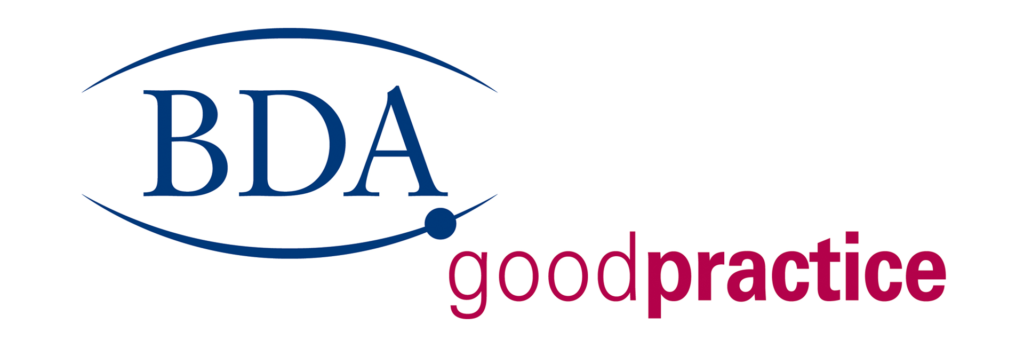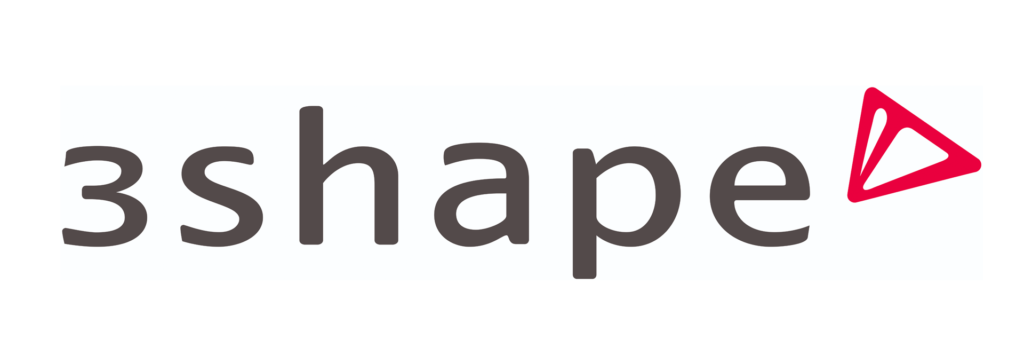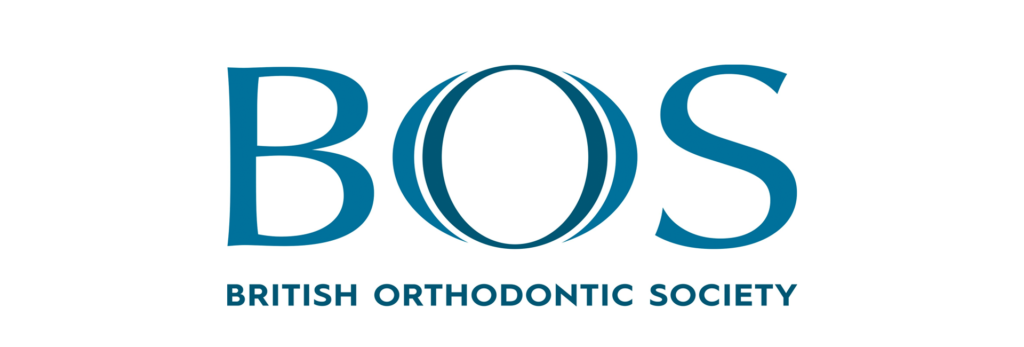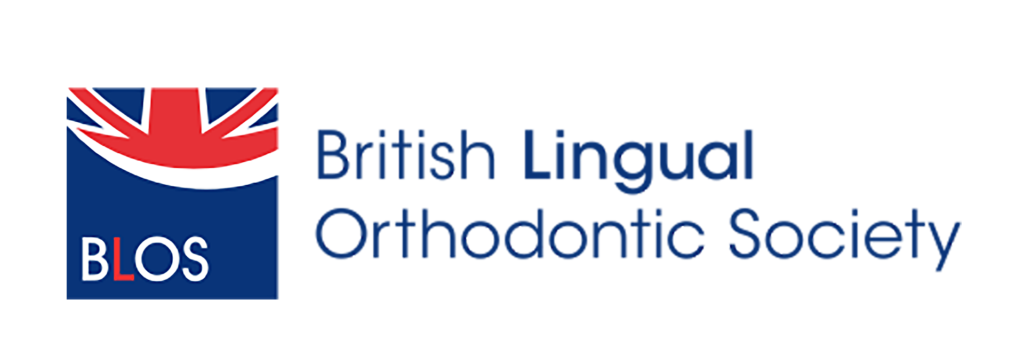Angle House Blog
Meet our Orthodontist

As part of a new series, we’ll be meeting some of our specialists here at Angle House. First up is Bina Saini, our orthodontist at Angle House Whetstone.
Can you tell us a little about what an orthodontist does?
An orthodontist is a specialist dentist. We aim to prevent, diagnose and treat misaligned jaws and teeth.
Most of our patients are referred to us by their dentists. We assess the face, jaws, general oral health and the occlusion, which is the way the teeth bite together and any issues with the teeth such as if they protrude, if they are crowded, if any teeth are impacted (are stuck) and have not erupted properly etc. We then take further records to help us reach the diagnosis and enable us to make a treatment plan. Records usually include photographs, a 3D picture scan of the teeth and radiographs. We decide which treatment is appropriate and explain the various options to the patient and their parents. Finally, we place and adjust the appliances and see our patients through their treatment to achieve their perfect smile and then maintain this using retainers. We look after our patients following completion of treatment to ensure their teeth remain aligned.
What is a typical day for an orthodontist – who might you see, what type of work would you do?
We can treat everyone from young children through to adults. My youngest patient is 7 years old and my most senior patient is 76!
A typical day will include a variety of appointments including assessments of new patients, placing new braces, adjusting existing braces and checking retainers to ensure patients maintain their straight teeth. Some of the day is also spent planning treatment for patients using their records and digital models.
How do you train to become an orthodontist? How long does it take?
Orthodontists first train as dentists which takes 5 years. This leads to the BDS qualification. A year is spent working in practice as a vocational trainee and then usually followed with a period of 2-3 years in hospital working in maxillofacial surgery or children’s dentistry. During this time the FDSRCS or MFDS examinations must be passed. To become an orthodontist one then has to be accepted onto a 3 year master’s program to achieve the MSc and MOrth qualifications.
What type of patients do you recommend for orthodontic treatment?
Anyone who has healthy teeth and gums that wants to improve the appearance of their teeth can be recommended orthodontic treatment.

What is the difference between a fixed brace (“train track”) and a clear aligner such as Invisalign or Spark? For what type of patients would you recommend each type?
Fixed braces are small metal or ceramic pieces attached to the surfaces of the teeth and a wire is passed through these to straighten the teeth. Aligners such as Spark or Invisalign are clear removable appliances that are worn full time but changed every week to gently move the teeth into a better position. Aligners tend to be more comfortable and discreet when compared with fixed braces.
Both appliances can be used for most patients of all ages to achieve a similar outcome. Choices depend on personal preference.
How long does orthodontic treatment take, usually?
Most fixed appliance treatments will take between 12 to 18 months. More complex treatments where teeth are impacted (stuck) may take longer and can take a few years. Simpler alignment can be achieved in 5-12 months.
Does having a brace hurt?
Fixed braces are not painful whilst they are being fit but can be sore for the few days following whilst you get used to them. The appliances can rub the insides of your mouth but this can be eased with the use of orthodontic wax. Keeping the teeth and braces clean and intact helps to reduce the discomfort. Removable aligners such as Spark and Invisalign are not as uncomfortable as fixed braces but can take a few days to get used to.

At what age should or can children get braces?
Most children usually have braces when they have all their adult teeth. This can range from 10 to 16 years old. However, there are instances when we can provide orthodontic treatment for younger children to improve the appearance or bite of the teeth and thereby reduce the need for complex treatment later on. Aligners, removable or fixed appliances can be used in all these instances.
Can you tell us briefly about the Index of Orthodontic Treatment Need (IOTN)?
The IOTN is a method used by specialist orthodontists to score a patient to assess the extent of their orthodontic problems. The first category is the dental health component which has 5 grades and identifies the most significant aspect of the orthodontic issue. The second category is the aesthetic component and uses a scale of 10 photographs arranged in order of dental attractiveness. The IOTN can be used to identify children who qualify for NHS funded orthodontic treatment.







